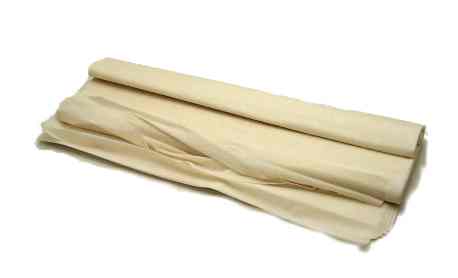Taramosalata |
| Taramosalata (often misspelled 'taramasalata') is a Greek meze. It is made from tarama, the salted and cured roe of the carp (although cheaper cod roe is often used instead). It is usually a bright pink colour, although this is due to food colouring, and a more authentic version is orange. The roe is mixed with lemon juice, bread crumbs, onions, garlic, and olive oil. It is usually eaten as a dip, with pita bread or raw vegetables. |
Tiropita |
| fila stuffed with Greek cheese |
Tsatziki |
| cucumber yogurt dip |
Psari |
| fish |
Garides |
| shrimp |
Gouvetsi |
| the Greek word for casserole, or baked in the oven |
Kafes |
| coffee |
Kalamata |
| probably the most famous Greek olive |
Mezethes |
| small savory appetizers |
Filo |
 | Phyllo (also spelled 'filo') dough is used in thin layers to make pastries and originated in Mediterranean cuisine. Versions of phyllo can also be used as crusts for pies or casseroles. Shredded phyllo is called kataifi and is also used for pastries. The Greek word Phyllon literally means 'leaf'. The layers of phyllo dough can be as thin as paper or a few millimeters thick. In Turkish cuisine these pastries are called börek or böregi, in Albanian cuisine they are called byrek, in Austrian-German-Hungarian cuisine the dough is called blätterteig and pastries made from phyllo are called strudel. In Bosnia the word burek is only used for the pastries with meat, other kinds are called pita. In Serbian language phyllo is called kore (plural) while pastries have various names, depending on mode of preparation. In Bulgaria it is called kori za banitsa (pl.) and the generic name for the pastries is banitsa, though there are sometimes special names for the specific kinds. |
|





